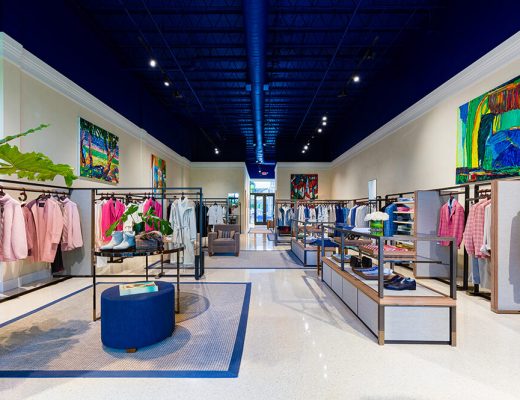The wave of digitization hits the fashion industry this time. As the world’s first piece of digital couture created by The Fabricant was sold for $9,500 in May, the rise in digital fashion has received a lot of attention. This new trend, however, does not come unexpected. Two luxury icons, Prada and Balmain, launched their digital fashion campaigns last year, both of which feature digital models who wear tailored styles. By breaking the wall between physicality and virtuality, digital fashion challenges the notion of what future fashion could be.
Lil Miquela, the fashion “it girl” recruited by Prada for its 2018 fashion campaign, introduces herself as a musician, change-seeker, and robot with the drip in her Instagram profile. With 1.6 million followers on Instagram, her fashion endorsement actually means something. The posts of Miquela ranges from her event photos with celebrities, music collaboration with artists, to chic OOTDs. Diversified social settings makes Miquela’s life deceptively realistic. Reactions to her posts proves her followers not only like her, but actually get inspirations of daily outfits from her fashion styles. For her collaboration with Prada in the Spring 2018 collection, the campaign video has been played 279,093 times and liked by 20,114 people. Balmain’s virtual army campaign also chooses virtual icons (Margot, Shudu, and Zhi) as the representation of the brand’s spirit of adventure. The three custom-designed digital models perform Balmain’s fluorescent 2018 collection in a fictional, but powerful way. Fitting designs on digital models is more than a novel move of advertisement, but redefining beauty to Generation Z.
Scandinavia-based brand Carlings furthers digital clothing by making it more accessible to the masses. The designs of its digital collection line are priced up to 30 euros. According to the online instructions, once customers place orders and upload an image of themselves, a designer will dress them up virtually and send back instagramable pictures as final products. In this case, the artistic feature of fashion has stood out with the increasing use of social media. For art pieces, the weight of exclusivity decides their intrinsic value. The $9,500 deal of the one-and-only silver bodysuit created by Amsterdam-based fashion label The Fabricant offers a sneak peak of a new prospect of luxury business led by digital clothing: more affordable, but equally exclusive.

Virtual clothing’s considerable implications doesn’t limit on fashion itself. The fashion industry has been notorious as one of the world’s least eco-friendly producers: water pollution, toxic chemical use and textile waste are all detrimental costs of fast fashion. Textile dyeing as well as the use of non-biodegradable fibers like polyester exacerbate the environmental pollution, according to an article from The Independent. Purchasing digital clothing, on the other hand, can be a desirable way out for solving environmental problems brought by overconsumption of fashion designs.
The flexibility of virtual clothing also addresses the needs of a broader audience. In a video concerning digital fashion from VICE, three women discussed how digital fashion caters to their specific needs. Ashley Sherman, a model and influencer, explained how it’s difficult to find clothes that fit onto her prosthesis. To make it even harder for her: “shopping for maternity clothes has been a nightmare,” Ashley said. “What’s cool about digital clothing is that when you are wearing it, they can manipulate it. For that way, it fits your body.” Jasmine Asia, a model and influencer, shared her view that the new generation, who are more artistic and open to ideas of photo manipulation, would be interested in digital clothing.
Before digital clothing, technology was mostly used as add-on to visual presentation of designs. Instead of manipulating our perception of designs, digital clothing ventures to change the role that humans play in displaying fashion creations. It makes sense. Nowadays, we care less about how the clothing feels, but more about how it looks in others’ eyes. The pleasure of trying on new clothes has gradually transformed to the joy of receiving many likes by posting a well-articulated outfit. Anyway, we buy clothes because they fit. And digital clothing perhaps just fits in the mentality of the youth of today.
Featured Image: Courtesy of @lilmiquela




